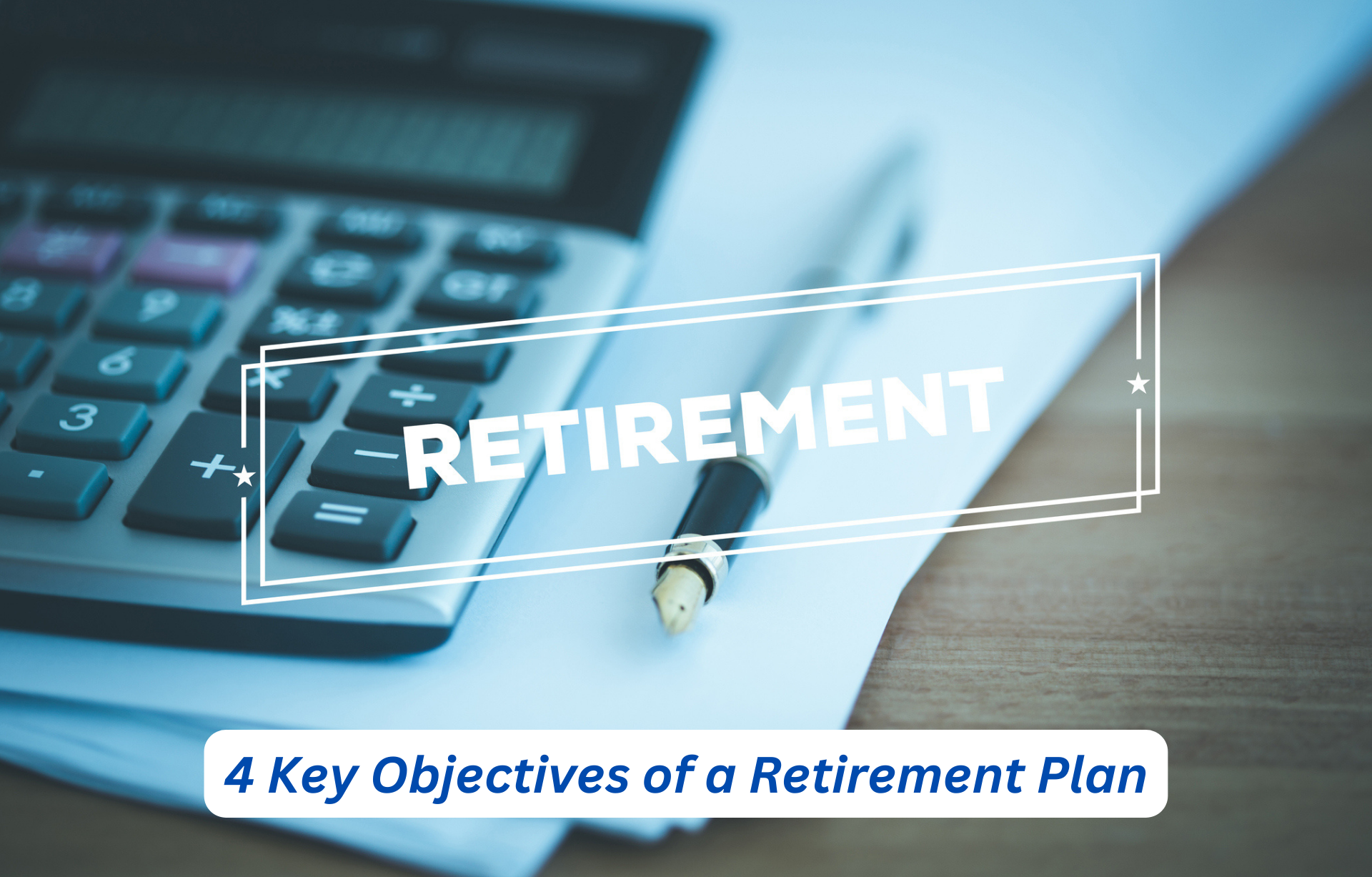
Planning for retirement is a vital aspect of financial management for Canadians, ensuring a secure and fulfilling future. In the unique context of Canada, a well-crafted retirement plan typically revolves around four key objectives tailored to the specific nuances of the Canadian financial landscape.
1. Ensuring Adequate Income Replacement:
One of the primary objectives of a Canadian retirement plan is to ensure adequate income replacement during retirement. With the Canada Pension Plan (CPP) and Old Age Security (OAS) forming the pillars of retirement income for many Canadians, understanding how to optimize these government-sponsored programs is crucial. Maximizing contributions to CPP through strategic retirement timing and understanding OAS eligibility rules are integral components of a Canadian retirement plan.
Moreover, supplementing these public pension benefits with private savings, such as contributions to Registered Retirement Savings Plans (RRSPs) and Tax-Free Savings Accounts (TFSAs), is essential. A well-structured retirement plan in Canada considers the integration of government benefits and personal savings to provide a steady and reliable income stream during retirement.
2. Managing Tax Implications:
Tax planning is a key element of any Canadian retirement strategy. Canadians need to navigate the intricate tax landscape to optimize their retirement income and minimize tax liabilities. Strategic withdrawal planning from various retirement accounts, such as RRSPs and TFSAs, is essential for minimizing taxes while ensuring a sustainable income.
Additionally, understanding the tax implications of different sources of income, such as investment returns, pension income, and government benefits, allows retirees to make informed decisions about their financial affairs. Leveraging tax-efficient investment strategies and taking advantage of available tax credits can significantly enhance the after-tax income available during retirement.
3. Healthcare Considerations:
Healthcare is a critical aspect of retirement planning in Canada. While the majority of healthcare expenses are covered by the public healthcare system, there are still costs associated with prescription drugs, dental care, and other health-related services. Therefore, a robust retirement plan includes provisions for healthcare expenses, which may increase as individuals age.
Supplemental health insurance and prescription drug coverage become important considerations in retirement. Planning for potential long-term care needs and understanding the available government programs and subsidies can further enhance the overall healthcare aspect of the retirement plan.
4. Estate Planning and Legacy Goals:
Beyond personal well-being, many Canadians want to leave a legacy for their loved ones or support charitable causes. Estate planning is a crucial objective of a comprehensive retirement plan, ensuring that assets are distributed according to one’s wishes and minimizing tax implications for beneficiaries.
Utilizing tools like wills, trusts, and beneficiary designations can facilitate the efficient transfer of assets. Moreover, considering the impact of estate taxes and taking advantage of strategies like gifting during one’s lifetime can contribute to a well-rounded retirement plan that aligns with both personal and legacy goals.
In conclusion, a Canadian retirement plan encompasses a range of considerations unique to the country’s financial landscape. From optimizing government benefits to managing taxes, addressing healthcare needs, and planning for a meaningful legacy, a holistic approach is essential to achieve financial security and fulfillment in retirement.